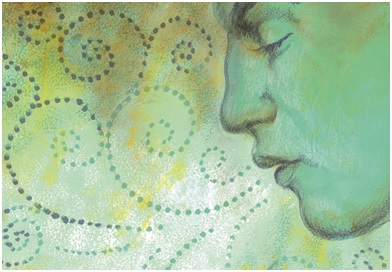Breath and Movement

“Be aware of your breathing.
Notice how this takes attention away from your thinking and creates space.”
Eckhart Tolle
Over the years, I have practiced numerous different styles of yoga including Hatha, Iyengar, Anusara, Ashtanga, Hot, Yin, Restorative, and Vinyasa. For many reasons, Vinyasa is my favorite. The origins of Vinyasa Yoga can be traced back to Tirumalai Krishnamacharya, 1888-1989, who is often referred to as “The Father of Modern Yoga.” Among his many contributions to the yoga community, he is credited with developing Vinyasa Yoga, a system of yoga combining breath with movement. Vinyasa is a Sanskrit word, and like many Sanskrit words, it has multiple meanings. The translation that resonates with me is “Connection.” This definition makes perfect sense because in Vinyasa Yoga we “connect” the breath to the movement.
At Harmony Yoga, most of the instructors teach Harmony Flow or Harmony Deep Flow. These offshoots of Vinyasa Yoga match breath with movement and then movement with music. In Harmony Flow classes, postures are performed fluidly, whereas a little extra time is taken exploring each pose in Harmony Deep Flow classes. However, in all styles of Vinyasa Yoga, students inhale into a pose and exhale out of a pose. As a general rule, expanding movements are made on an inhale, and contracting movements are made on an exhale. For example, consider Cat Pose and Cow Pose. Practitioners inhale into Cow Pose, as the stomach is dropped and expanded, and then exhale into Cat Pose, when the stomach is constricted and the back is domed. Similarly, an inhale is taken as the arms reach up from mountain pose and then breath is expelled while moving into a standing forward fold. Interestingly, the length of the inhale/exhale also dictates the length of time transitioning between positions. This attention to the space between the postures helps to keep the focus on the journey without getting caught up in any specific pose. This is because the breaths between the poses carry the same value as the breaths in any given posture.
Vinyasa Yoga has both physical and mental benefits. The fluidity of Vinyasa Yoga classes sometimes feels like a dance and often makes students sweat. Sweat expels toxins, improves blood flow, assists in digestion, and boosts endorphins. Synchronized breathing requires the mind to focus on the breath and the movements. This concentration keeps students present in their bodies and out of their heads. Thus focused breathing becomes a calming focal point. In fact, the mind is so clear and focused that Vinyasa Yoga is sometimes referred to as meditation in motion.


Connect with us